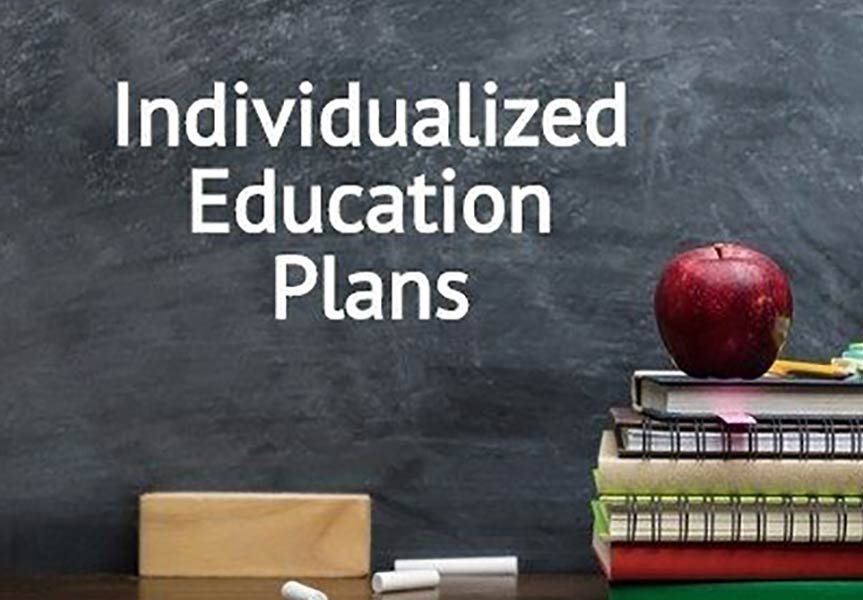What is an IEP?

“A plan or program developed to ensure that a child with an identified disability who is attending an elementary or secondary educational institution receives specialized instruction and related services.” (University of Washington, 2022).
Essentially, an IEP is created for your child to outline the programs and accommodations that are constructed by the educational setting to accommodate your child’s level of learning and access to learning. For example, an IEP can help determine the class size appropriate for your child and their learning style and needs and the tools and strategies to better support their access to learning. In addition, services can also be provided by the school social workers, psychologist, occupational therapist, physical therapist and speech and language pathologist who play key factors in your child’s learning and success.
IEPs are typically very long, extremely detailed and can be very difficult to read! Therefore it is important to connect with your school and ask for support on navigating this new process and accommodation.
Here are some tips to ensure your child’s IEP is best accommodating their level of needs:
1. Know your child’s needs.
This may seem very simple but it can be the most complex part of the process. Sitting at the table while your child is doing their homework, or at bedtime when you’re reading a story with them, or watching the way they interact with their peers in social settings, the way they identify their letters and hold their pencils, etc. The list can go on and on. Your best approach is to have an extensive knowledge and understanding of your child’s strengths and areas of growth. This will best help the school and their providers best support your child in the academic setting.
2. Be flexible with the schools recommendations.
It is hard to be flexible, when right above we recommended that you know your child in and out and their areas of strength and weakness but it is also crucial to be open minded and flexible with their provider’s recommendations As much as we best know our child’s needs, their school providers and team see them in settings we will never have access to; the classroom, the hallway, the playground, the lunchroom, etc. It is equally important to know and remember that your child’s school is ALSO trying to navigate the best way to support and gear your child up for success.
3. Collaborate!
When your child has an IEP it is beneficial for there to be open lines of communication and collaboration between your child’s school providers; Social Worker, Psychologist, Occupational Therapist, Physical Therapist, and Speech and Language Pathologist and your child’s outside providers; Pediatricians, Therapist, Psychologist, etc. When the providers are in contact with one another, they have a therapeutic relationship where they can openly discuss your child’s needs, status, concerns, progress, etc to best ensure each provider is provided the necessary support and intervention.
We are here to help you best support your child’s academic needs and navigate the best next steps. Integrative Therapy and Coaching offers a FREE 15-minute consultation with our Clinical Director in hopes we can recommend resources or provide service to best support your child’s diagnosis, academic interventions and clinical support. We are known for our adolescent counseling services, integrative psychotherapy and emotion regulation therapy. We see the value in mindfulness when providing services such as family counseling in CT and Psychotherapy in CT. If you would like to learn more about our resources and the network we share, contact us today to schedule your FREE consultation!
What is an Individualized Education Plan? (2022). What Is an Individualized Education Plan? https://www.washington.edu/accesscomputing/what-individualized-education-plan
